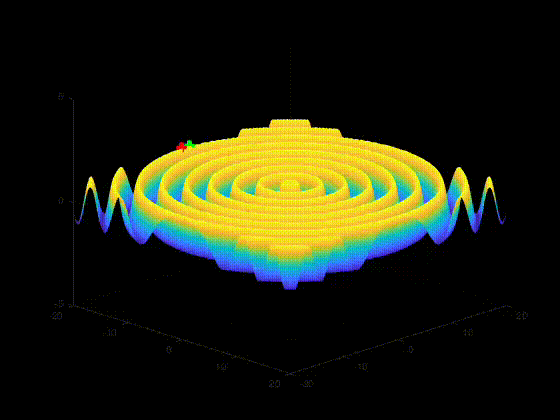Digital modulation#
When \(m(t) \in \mathbb{Z}_2\) as in (2), we have to make the \(0\)s and \(1\)s logical values to some real-world representation of them. These representations are often called symbols.
Any scheme modulating digital data requires at least that
and
This scheme assumes one bit per symbol.
It’s possible to map multiple bits to a single symbol so, for example:
would map two bits to each symbol. In this case
Some modulation schemes map many more bits to each symbol, \(B\), so that
Baseband#
Baseband is the case where the signal is not modulated [Rutenbeck, 2012]:
Refers to a basic set of frequencies of an RF signal prior to modulation.
For baseband signals, the usual selection of \(s_0(t)\) and \(s_1(t)\) is
However, we might just as well choose
This choice is sometimes called “inverted logic”.
We might also choose
because this choice allows \(m(t)\) to be zero mean, provided the number of \(1\)s and \(0\)s are equal.
